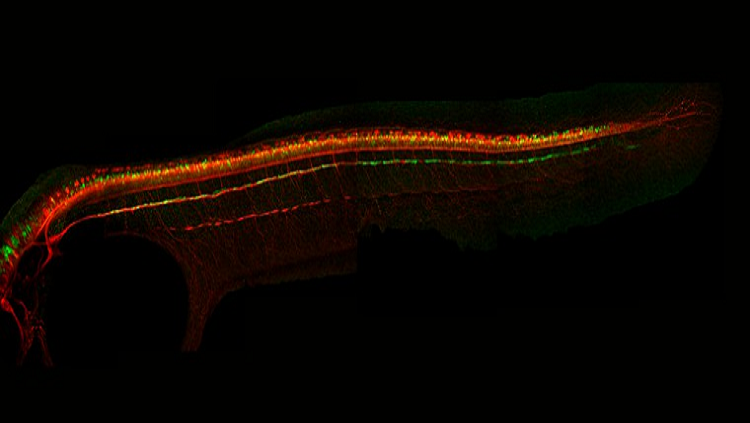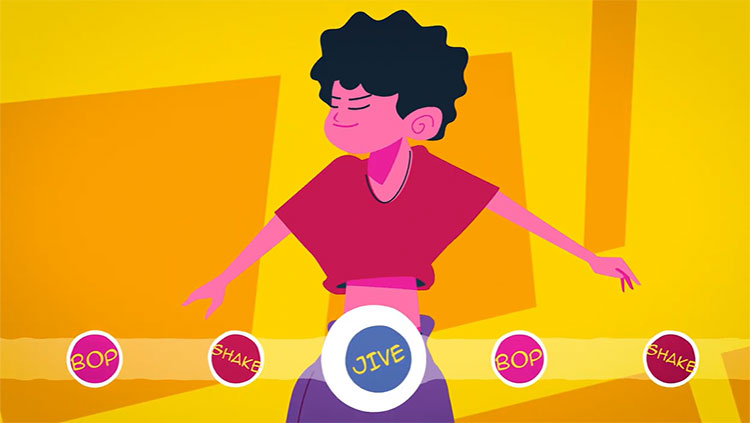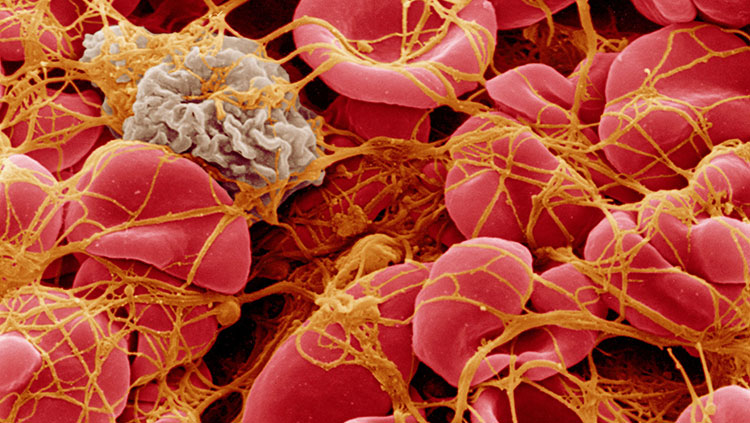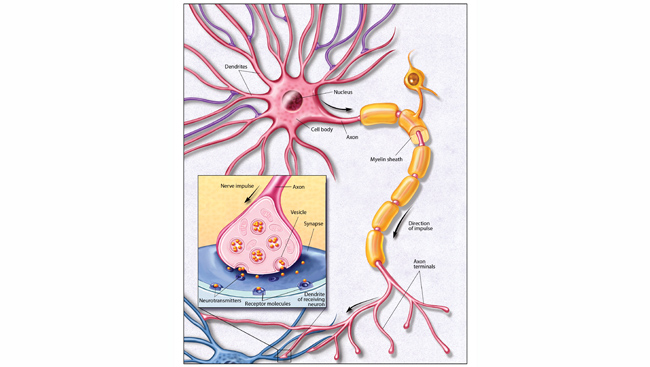Naysayer Neurons Keep the Peace
- Published14 Aug 2019
- Author Charlie Wood
- Source BrainFacts/SfN

Our ability to walk, talk, and breathe balances on a razor thin edge. Each motion you execute results from an epic struggle for control of your muscles. The firing of some neurons urges motion, while the firing of other neurons councils calm. Only when a clear majority swings toward “move” will you follow through and take a step.
The naysayer neurons are called glycinergic neurons, because they communicate their “stay” vote to muscle-stimulating neurons using the neurotransmitter glycine. Many glycinergic neurons live in the spinal cord and brainstem, as seen here shining green in this two-day old zebrafish embryo.
Why slow things down at all? Because releasing the brakes results in a runaway nervous system, a danger exemplified by the poison strychnine. This copycat chemical replaces glycine, silencing the “stay” voices in the spinal cord and causing an eruption of unwanted movement — first twitches, then convulsions and death by lack of air.
CONTENT PROVIDED BY
BrainFacts/SfN
References
doi: 10.1074/jbc.R112.408229
Smith, B. A. (1990). Strychnine poisoning. Journal of Emergency Medicine, 8(3), 321–325.
doi: 10.1016/0736-4679(90)90013-L


















